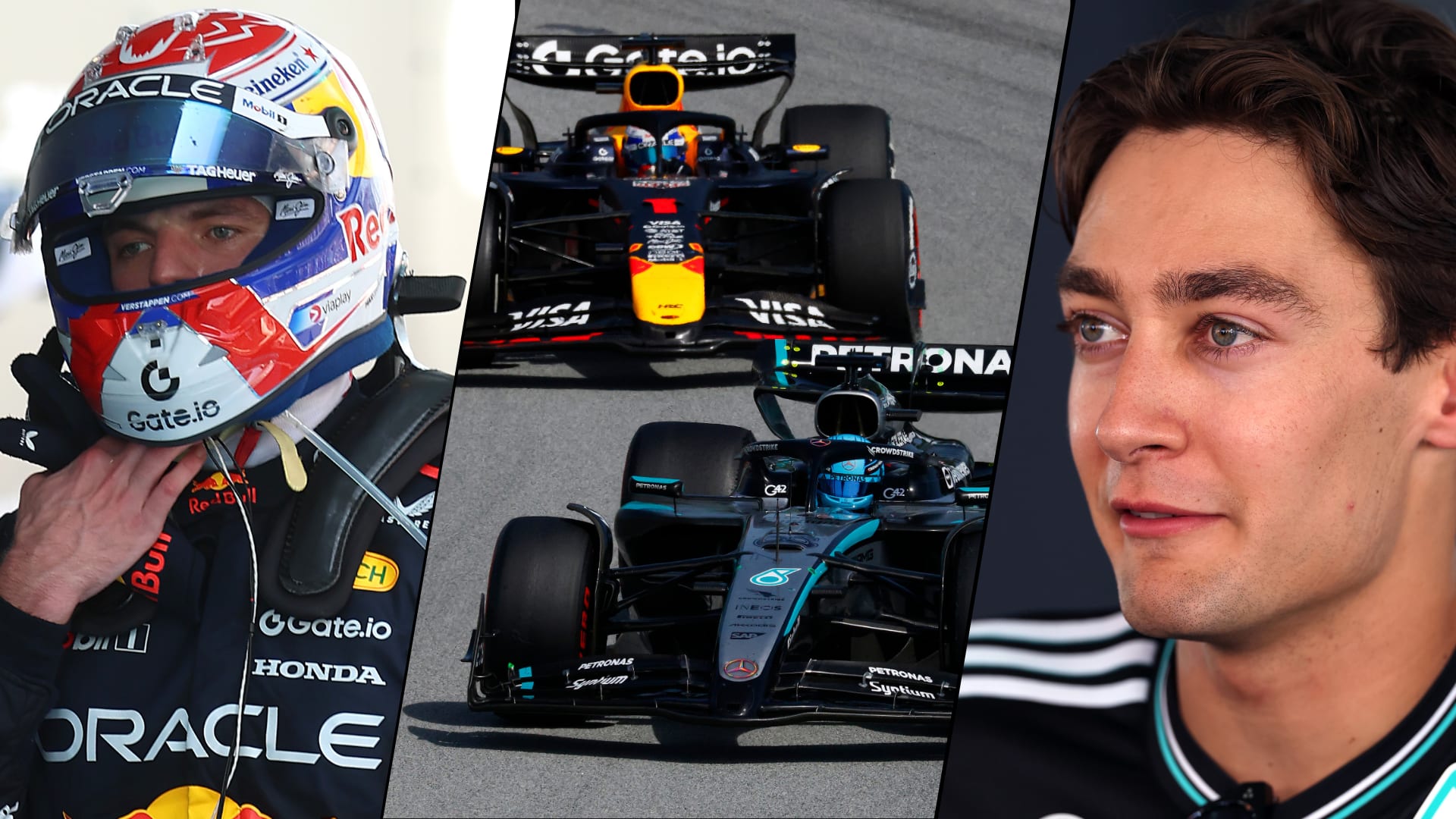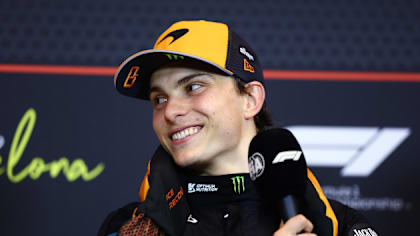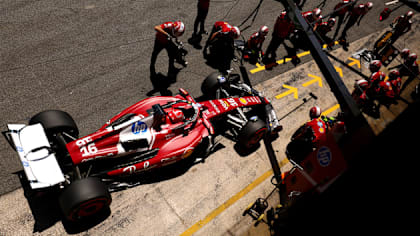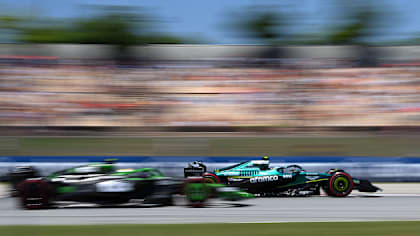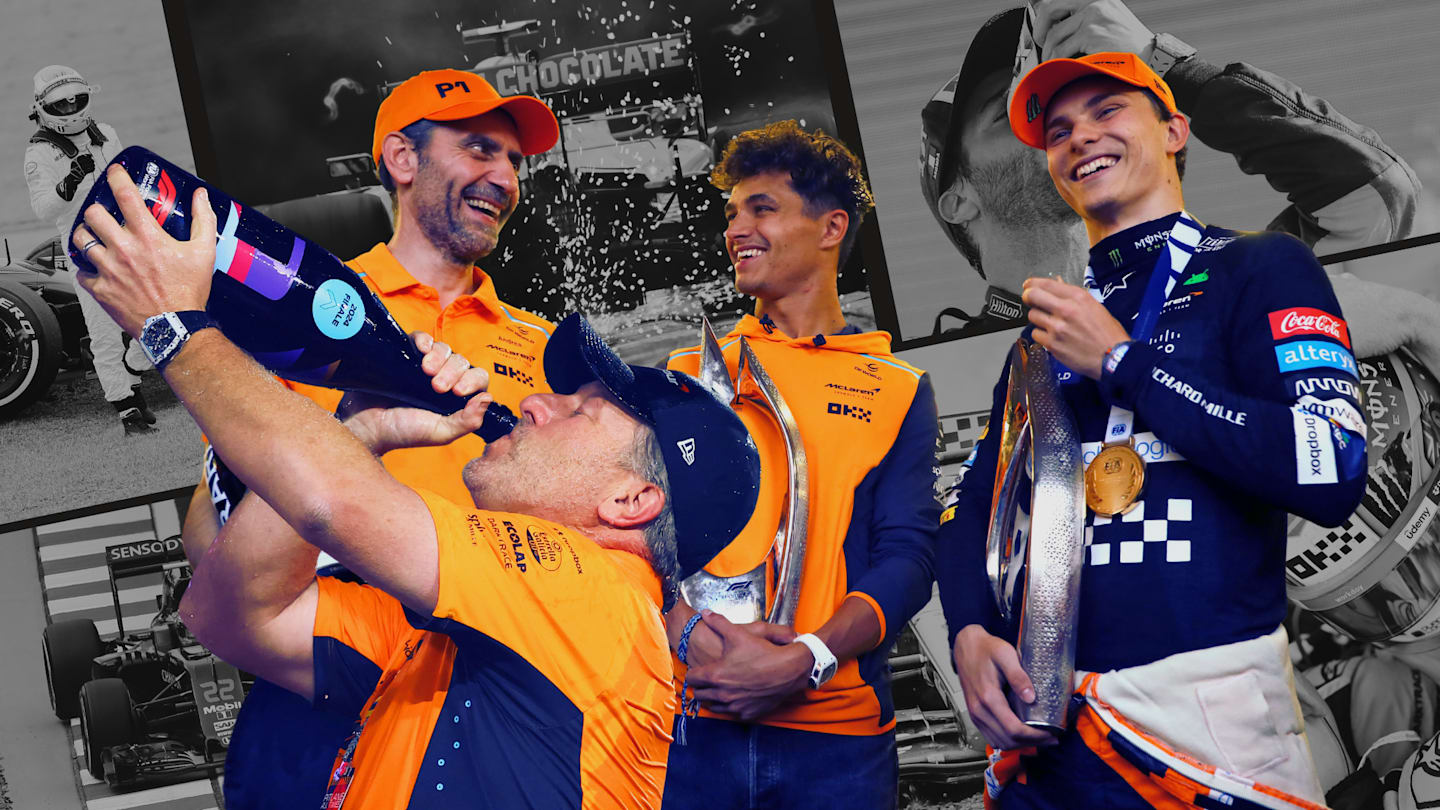
Feature
TIMELINE: From a ‘GP2 engine’ to World Champions – recounting McLaren’s scarcely believable F1 turnaround
Share

McLaren completed their return to the top of the F1 pecking order in 2024 by overcoming Red Bull and Ferrari and winning the Constructors’ Championship for the first time in more than 20 years. It marks a spectacular recovery from the Woking-based outfit, who only recently found themselves running at the very back of the field. F1.com relives the rollercoaster journey…
A troubled Honda reunion
In 2013, McLaren made a decision that would inadvertently lead to one of the toughest phases in the team’s history, having signed a power unit deal with former partners Honda for 2015 and beyond to try and add to their golden era across the late-1980s and early-1990s.
READ MORE: 5 things to be excited about as F1 gears up for the 2025 season
But it soon became clear, under F1’s new and highly complex turbo-hybrid era, that the second partnership would be far more challenging – the dreams of world titles quickly turning into a nightmare of retirements, grid penalties and struggles for points.
Frustrations grew and grew through 2015, 2016 and 2017, with McLaren classifying a lowly ninth, sixth and ninth in the constructors’ standings across those respective seasons and scoring a best race finish of fifth.
It was no surprise, then, that world champion pairing Fernando Alonso and Jenson Button – who copped a record-breaking penalty of 105 places at the 2015 Belgian Grand Prix due to power unit changes – made their feelings known.
Alonso's infamous 'GP2 engine' comments at the 2015 Japanese Grand Prix
After Button described his car’s straight-line speed deficit as “scary” in that first season of the rekindled partnership, Alonso dropped a sharp “GP2 engine” comment over the radio while battling on Honda’s home soil at Suzuka.
With relations between the two parties strained, and little sign of progress through 2016 and 2017, it felt inevitable that McLaren and Honda would part ways for 2018 – the outfit turning to Renault to get their F1 programme back on track.
The road back to winning ways
Having struggled to string points finishes together during that second stint with Honda engines, the switch to Renault saw McLaren score at the opening five races of the 2018 season – including three double top-10 finishes.
Early that year, McLaren Technology Group head Zak Brown stepped into the Chief Executive Officer role at McLaren Racing, giving him control of the entire F1 squad and a chance to shape the next chapter alongside new team boss Andreas Seidl.
In 2019, the change appeared to be paying off as McLaren – now fielding long-time protégé Lando Norris and Carlos Sainz – emerged as the ‘best of the rest’ behind champions Mercedes, Ferrari and Red Bull.
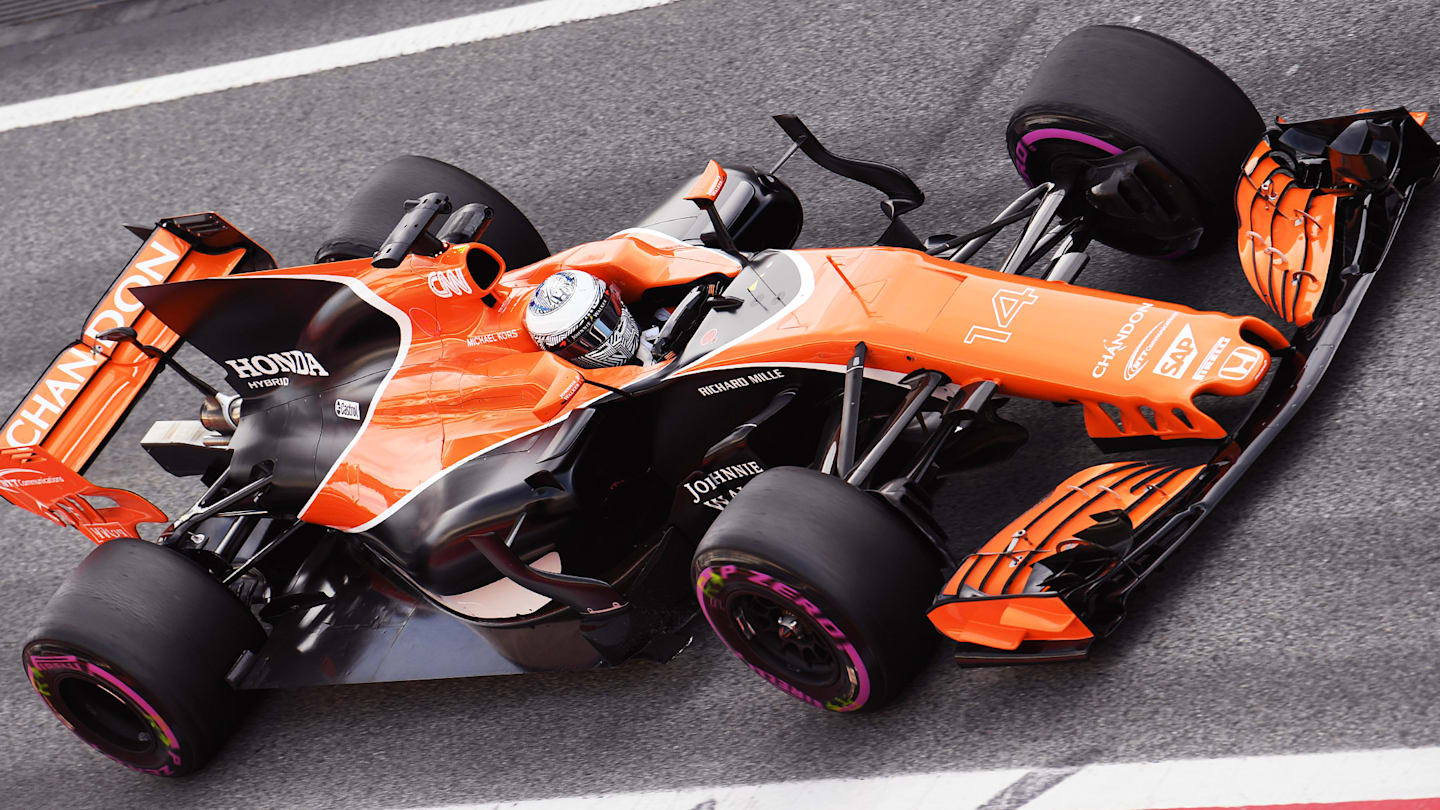
McLaren’s turbo-hybrid partnership with Honda spanned three disappointing seasons
Fourth in the 2019 standings was complemented by a first podium finish since the opening round of the 2014 season, with a couple more following through 2020 as the team continued their rise to third in the standings – making the most of Ferrari’s relative struggles.
While an improved Ferrari reclaimed P3 in 2021, the year would bring another high for McLaren when new signing Daniel Ricciardo led Norris home in a breakthrough 1-2 finish at the Italian Grand Prix, ending a victory drought of some nine years.
An off-track overhaul to take the next step
With F1 introducing all-new regulations for 2022, centred around ‘ground effect’ aerodynamics, McLaren took a slight backward step – solid points, rather than frequent podiums, meaning they had to settle for fifth in the championship.
Their form nosedived at the start of the 2023 campaign, with both Norris and Oscar Piastri – who had replaced under-performing fellow Australian Daniel Ricciardo – failing to score a point at the opening two rounds and leaving McLaren ninth out of 10 teams in the order.
F1 veteran Andrea Stella, who had taken over from Sauber-bound Seidl during the winter, was braced for such a scenario, telling Brown to expect a difficult transition as he carried out a full review of the technical department and pondered changes.
McLaren Origins: The story of the Formula 1 team
A few days after their point-less Saudi Arabian Grand Prix, McLaren announced a technical overhaul, with experienced engineer James Key departing and his Technical Director position being split into three specialised roles going forward.
Few could have expected the dramatic turnaround that followed, though, with an upgrade package midway through the season propelling McLaren into contention and leading to a flurry of podium finishes over the second half.
McLaren appeared to be back in business, pipping Aston Martin to fourth position in the championship via that reshuffle and those potent upgrades, going live with their new in-house wind tunnel and making some big-name hires for 2024.
Ending a 26-year title wait
When 2024 began, McLaren’s technical office was bolstered by David Sanchez joining from Ferrari and becoming Technical Director of Car Concept and Performance, with respected Red Bull engineer Rob Marshall taking on the position of Technical Director, Engineering & Design.
However, there would soon be further tweaks to the technical set-up: Sanchez, who was signed by McLaren prior to them luring Marshall in early 2023, only spending a few months in his role before departing via “a number of discussions” over job responsibilities.
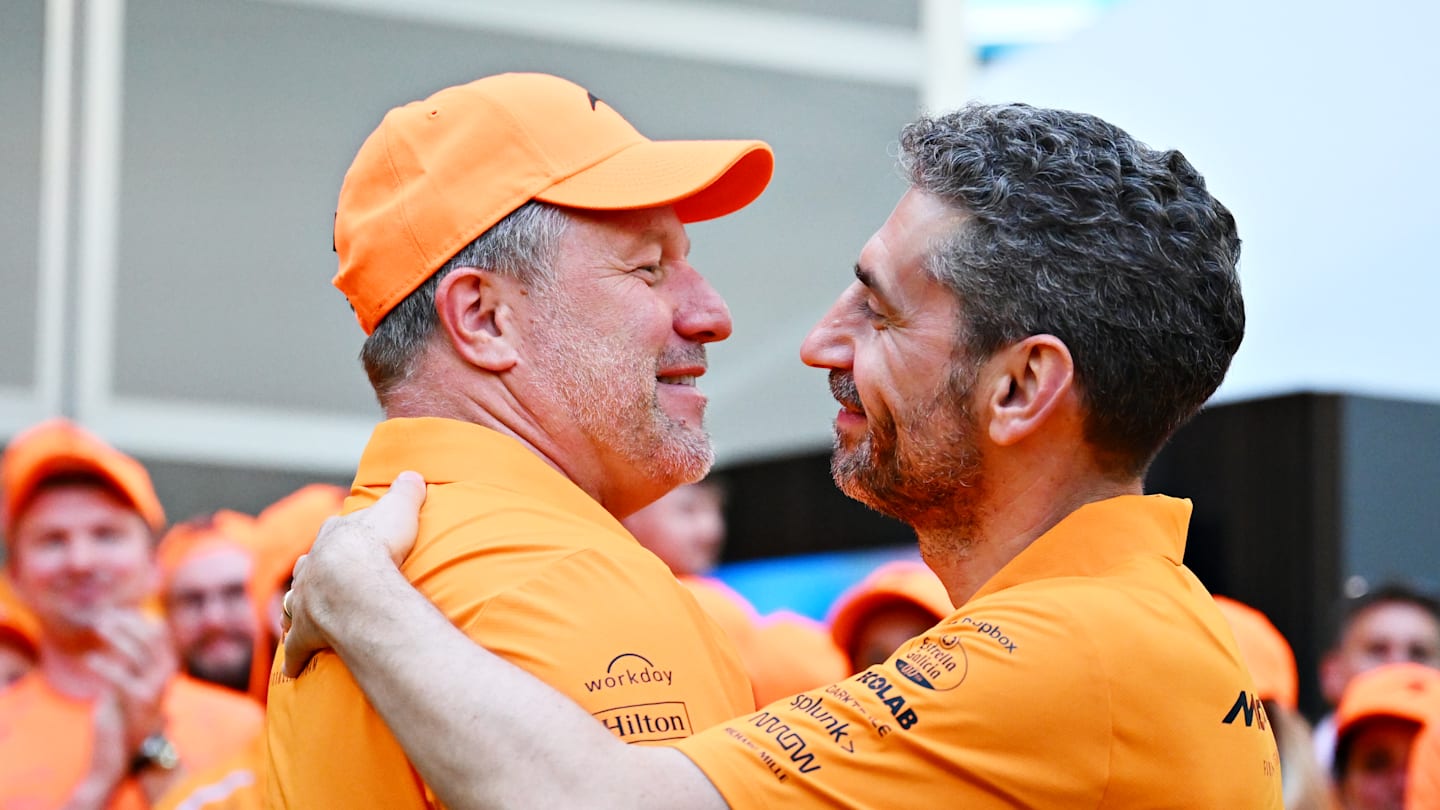
McLaren have become world champions again under Brown and Stella’s leadership
Following Sanchez’s exit, Marshall was named Chief Designer, Neil Houldey became Technical Director of Engineering, while Peter Prodromou continued in his role as Technical Director of Aerodynamics – all to “further strengthen and evolve the technical model”.
With a much stronger start to the campaign under their belts, McLaren knew that another effective car upgrade would likely put them on terms with long-time pace-setters Red Bull and, at the Miami Grand Prix weekend, that’s exactly what happened.
Indeed, Norris made the most of a mid-race Safety Car to claim his first F1 win at the Miami International Autodrome, while giving McLaren their first triumph since that aforementioned victory for Ricciardo in 2021 and opening the floodgates for plenty more success.
From there, McLaren’s consistently strong scoring with Norris and Piastri, who also became a new Grand Prix winner, was enough to topple Red Bull and fend off a Ferrari charge – the reigning champions losing their way with the RB20 and missing out on a heap of points amid Sergio Perez’s latest slump.
While it could have been a double title win, with Norris running Red Bull rival Max Verstappen close, a first constructors’ crown since 1998 gave McLaren plenty to celebrate and plenty of optimism for what lies ahead in 2025…
How McLaren won the 2024 Constructors' Championship
DISCOVER MORE...
Horner pledges ‘100% commitment’ to Red Bull amid rumours of Ferrari approach for team boss role
EXPLAINED: Everything you need to know about the Spanish Grand Prix front wing Technical Directive
5 must-see moments from the new 'F1: The Academy' Netflix show
F1 25 out now – with 'F1' movie integration and the return of ‘Braking Point’ story mode
GREATEST RACES #23: An F1 title decided by just half a point – 1984 Portuguese Grand Prix
YOU MIGHT ALSO LIKE
News Piastri ‘proud’ to bounce back with victory in Spain as he hails ‘weekend I’ve been looking for’

Video RACE START: Watch the getaway in Spain as Piastri keeps the lead while Norris loses out to Verstappen
FeatureF1 Unlocked STRATEGY GUIDE: What are the tactical options for the Spanish Grand Prix?
Feature What the teams said – Qualifying in Spain
